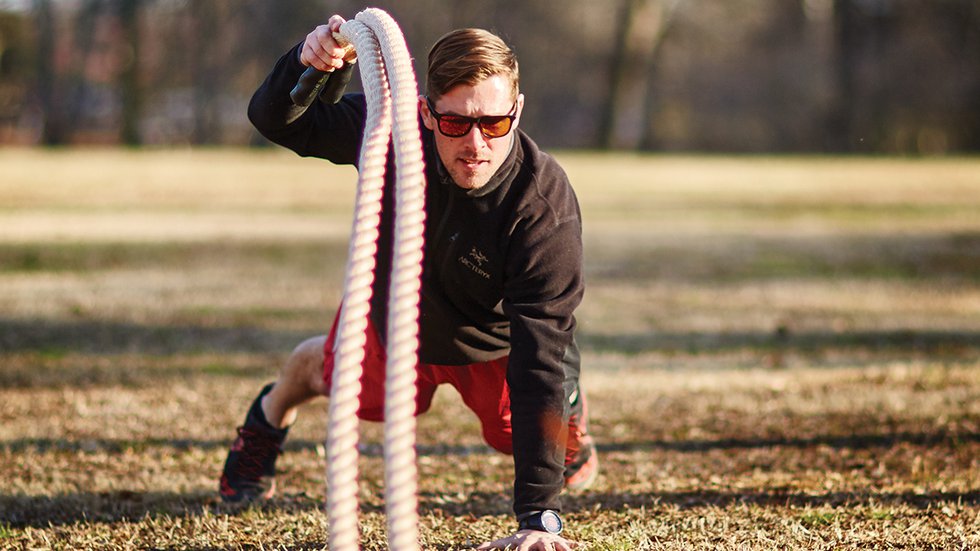After a long winter’s respite, fishing season is a sure sign of summer.

Illustration by Gary Hovland
“Well, folks, for the most part, i guess you could say that fishing season is upon us.” Low-key and down-home though it may sound, that decree clearly ended a long wait for the weather to warm up enough that R.C. Watkins could use it to open his “Fish Stories & Buck Tales” column in the Albemarle County Bulletin.
“People are starting to catch a little bit of everything,” wrote Watkins. With a little bit of anything. To wit: Bobby Pollard and Billy Searcy had just caught 75 bream and a crappie at Totier Reservoir, a 66-acre fishing hot spot. And their success came on “nothing more than ‘garden hackle’ [earthworms] dug out of Bobby’s backyard.”
On arriving at Totier, they met two other fisherfolk heading out with 75 crappie, caught on doll flies. Doll fly is defined by Outdoor Life as “a lead-head, bright-colored crappie and bass lure.” Originally a trademark—Doll-Fly, named in the early 1950s for Tennessean Elmer “Doll” Thompson—the name has now gone generic. Jack Shanklin’s youngest boy, Dale, and his bride of just a year, Stephanie, went fishing on the James near Howardsville, where, “on madtoms” (freshwater catfish), she caught a four-pound, seven-ounce smallmouth bass and he got a three-pound, four-ounce one. “Darn nice fish, in my way of thinking!” wrote Watkins. The honeymoon, apparently, was not over! And fish were flying everywhere: at Brookneal, on the Rappahannock and on the Chick (ahominy).
As for Watkins: “I haven’t had a chance to wet a line since the trip to Lake Anna,” he wrote, recalling a fishing trip made, presumably the season before, to the spot in nearby Louisa and Spotsylvania counties. His tardiness wasn’t due to his lethargy: He’d been busy prepping for the Scottsville Ruritan Club’s Seventh Annual Fishing Rodeos, which offered competitive slots for virtually everyone between cradle and grave. Older fishing types were gearing up for the Family Rodeo in early June, but first, the small fry—the Youth Rodeo, in mid-May, for those 16 or younger—and it offered free red wigglers!
There were a few expectations. It was cool if adults cast for the youngest participants, but the children had to hook and land their fish themselves. Another requirement—each child had to come equipped with his or her own personal stringer, on which to maintain what might win a prize for biggest bass, biggest bream, biggest crappie, or biggest “other.” There were also prizes for biggest catch of the day by a boy and by a girl, and total most pounds of fish caught. For the larval stages, there was even a prize for the littlest fish. And in case a fisherchild wound up with a less-than-crowded stringer, everybody got a free goodie bag to allay disappointment.
Fishing was allowed from the banks only, and each participant could fish two rods, using “any bait that is legal in the state.” What baits are illegal? Today, madtom, crawfish and salamanders may not be bought or sold as bait. Even for some of the legal baits, there’s a limit on how much one may legally possess. For example, 50 minnows is it, unless you bought them and have the receipt to prove it, according to the Virginia Department of Game and Inland Fisheries.
Sadly, the Scottsville Ruritan Club and its rodeo are no more, but fear not; there are more than 25 fishing events for children in Virginia in May and June (go to DGIF.gov for details). As R.C. Watkins said, “Take time to take someone into the great outdoors”!









